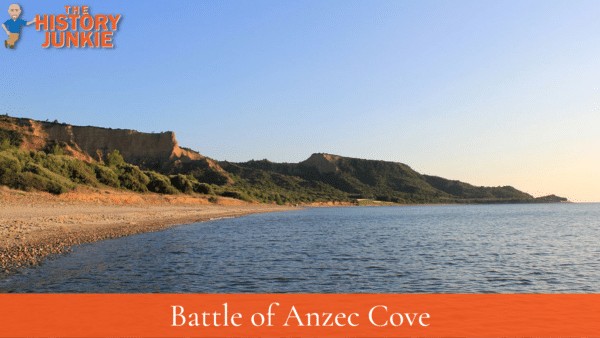The Allies had focused their efforts on the Helles area of the Gallipoli Peninsula since their landings on April 25, 1915. This included two failed attacks on the village of Krithia and its nearby hill feature, Achi Baba, in April and early May.

However, on May 19, 1915, the Turkish defenders at Anzac Cove launched a concerted attack of their own.
The Turkish goal was simple: to drive the Australian and New Zealand troops (ANZAC) back into the sea. This was not as difficult as it may seem. The distance from the Allied front line to the reserve beaches was short enough that troops who were taken out of the line and sent to rest remained under heavy fire.
Additionally, the Allied trenches did not provide much protection from artillery and machine gun fire. Soldiers would often dig small pockets into the trench walls to try to get some relief from the constant bombardment.
In addition to the ever-present threat of death or injury, trench conditions were also becoming increasingly unsanitary. The corpses of men and animals were left unburied in No Man's Land, which led to the spread of disease.
The Battle
It was in these conditions that the Turks launched their attack on the Allied line in the early hours of May 19. Unfortunately for the Turks, Allied observers had noticed the build-up of Turkish troops and were able to warn the ANZACs. As a result, when the Turkish attack began, the ANZACs were ready and waiting.
The Turks attacked in successive waves across open ground, but they were met with devastating fire from the ANZACs. The Turkish casualties were staggering. Over the course of six hours, an estimated 10,000 Turks were killed or wounded. At least 3,000 Turkish soldiers were left dead between the lines.
The Turkish attack was a complete failure. The ANZACs suffered only 160 fatalities and 468 wounded. Five days later, on May 24, a temporary truce was agreed in order that the Turks could collect and bury their dead. The sector remained relatively quiet for the next three months as the Turks regrouped.
